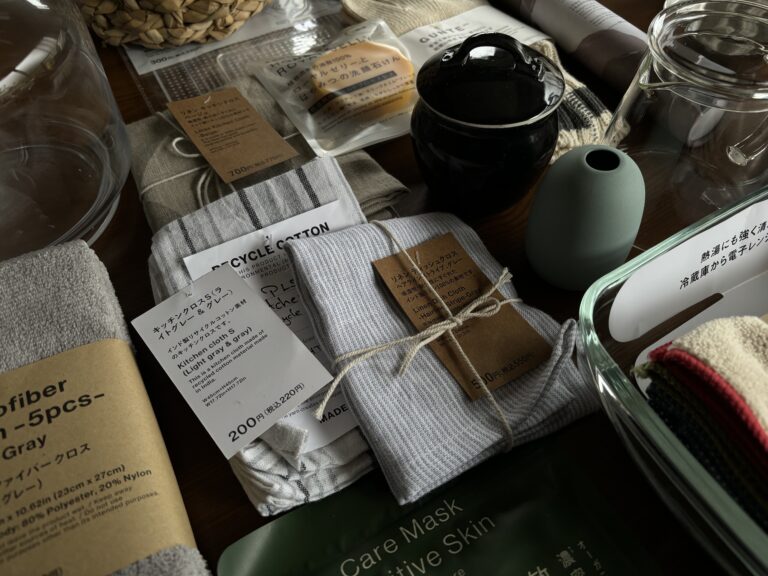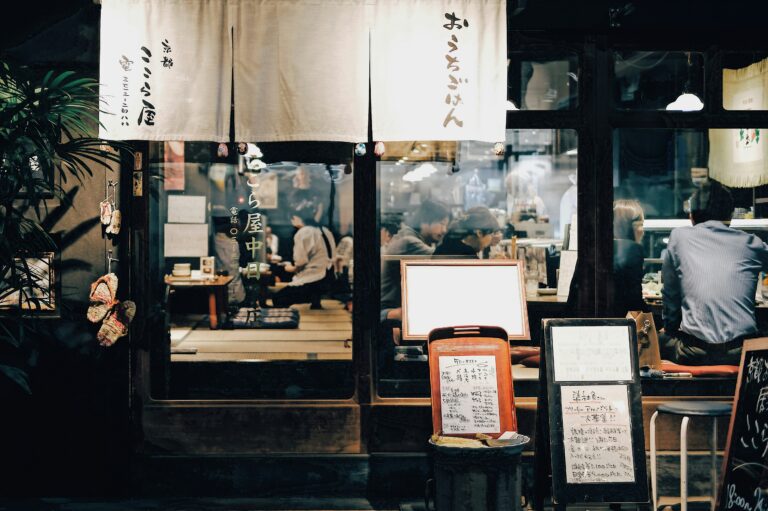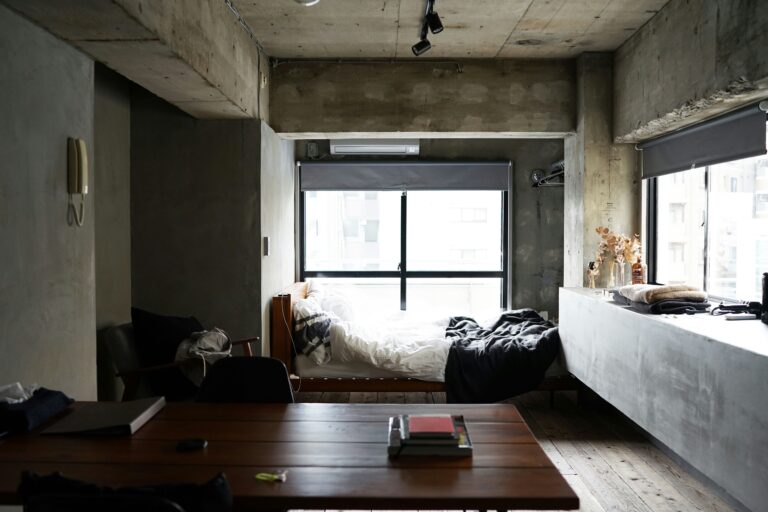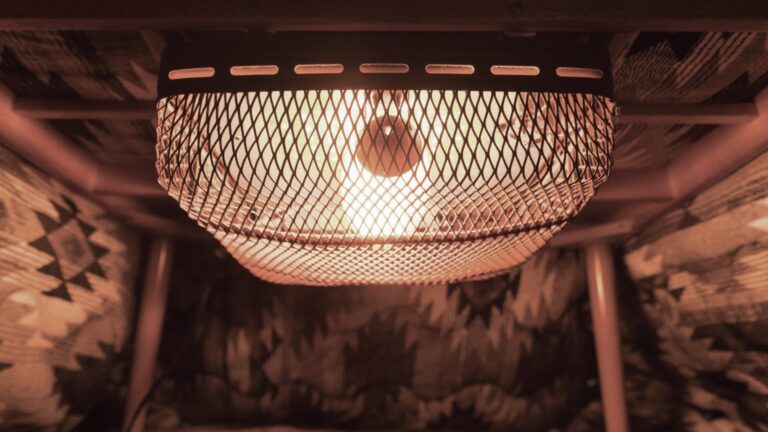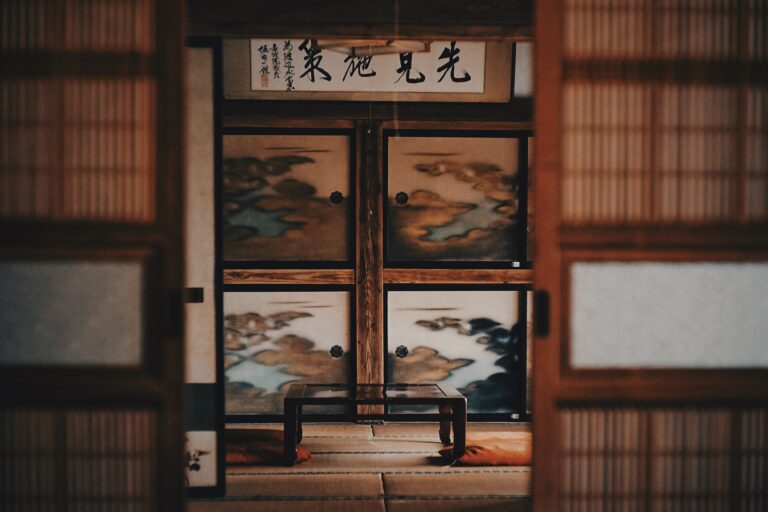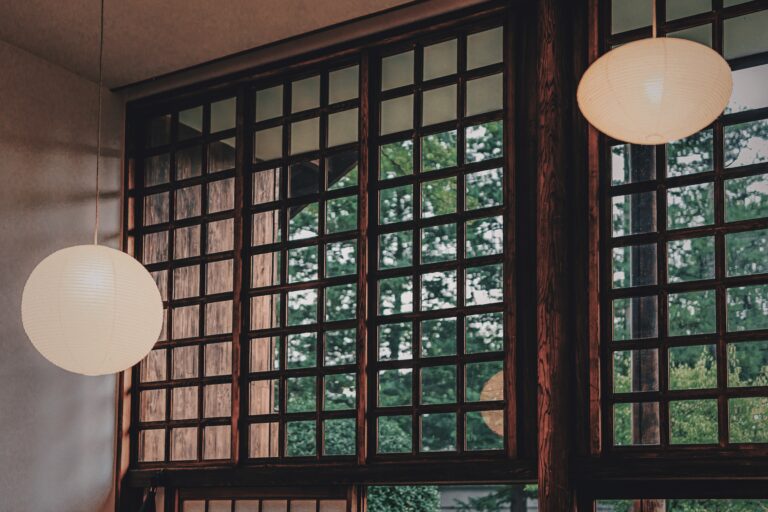You might find these akiya furniture items in your new old house in Japan. Treasure or trash?
I’ve had the adventure of discovering what was left behind in three akiyas now – all previously occupied by adorable grannies who left behind evidence of creative, loving lives. I can’t lie – sorting the stuff is fascinating but also a major labor! Some of the items we continue to use in purely functional ways (the bulk dishsoap from my first akiya lasted me over two years!!!) Some items are unfortunately past their useful lifespan. And some items are pure treasure.
Here are some of the akiya furniture items I’ve found in my houses that you might also find in a vacant house in Japan:
1. Zabuton [座布団]
Zabuton are floor cushions. They are useful when sitting at a low table or kotatsu, and also when kneeling during a home ceremony or when praying. I’ve seen zabuton in a variety of colors – natural fiber indigo ikat textile, deep olive, red, purple, and also woven straw.
2. Futon [布団]
I’ve been told that grannies have a habit of holding onto futons. My akiya findings support this theory. My houses have each always had about a dozen futons each, even though I know for a fact that their immediate families weren’t this big. Sleeping on an old futon can’t be much worse than sleeping on a friend’s old couch, right? Something still feels strange about it though, so unfortunately most of these became trash.
3. Obutsudan [お仏壇]
The home obutsudan is a small memorial Buddhist shrine, often ornately finished with lacquer and gold, holding photos and items in honor of deceased family members. By bringing offerings of snacks, fruit, and lighting incense, family members connect with the departed. If you find an obutsudan in your new home, you may wish to engage the local priest in order to follow locally respectful procedures. In my first akiya, our priest introduced me to the house ancestors, which I found to be a highly positive experience which I continued to keep in my thoughts during my time living there.
4. Tableware (食器)
Japan has many specialized foods and events, and it seems like there are special wares for every possible occasion. My husband and I have enjoyed finding ways to repurpose bowls and cups for plants, and I also have integrated some for daily use. The patterns I’ve discovered include tobeyaki (simply blue-and-white glazed pottery unique to our region), English-style tea cups, sake sets, bowl sets decorated with prawn (a symbol of longevity celebrating older people), souvenir wares with popular characters, and antique sencha tea sets with fine surface decoration and gintsugi repairs.
5. Kukurimakura [括り枕]
This is a kind of pillow stuffed with buckwheat. The earliest Japanese pillows were made by bundling grass and wrapping it with silk. This later evolved into a tube-like pillow atop a wooden box – allowing one to sleep without disturbing the hairstyle. A buckwheat pillow is not soft or resilient, but it can conform to personal neck and head forms while providing firm support.
6. Tansu [箪笥]
Lastly, my favorite furniture item that I’ve had to joy of discovering (and refreshing!) is the Japanese tansu. Tansu simply means dresser, but old Japanese tansu have a lovely quality. Extra-wide drawers were sometimes included so that fine kimonos would not require folding. They might have been finished with brown, black or red lacquer, and they often feature plentiful hardware pulls, handles, corner reinforcements, locks, and such.
But that’s just a start for akiya furniture surprises. Who knows what you will find! Best of luck~
